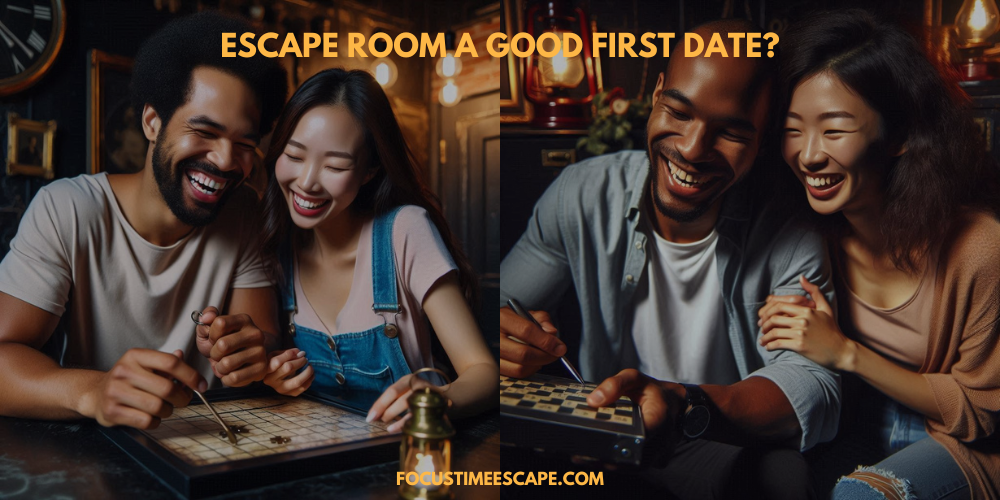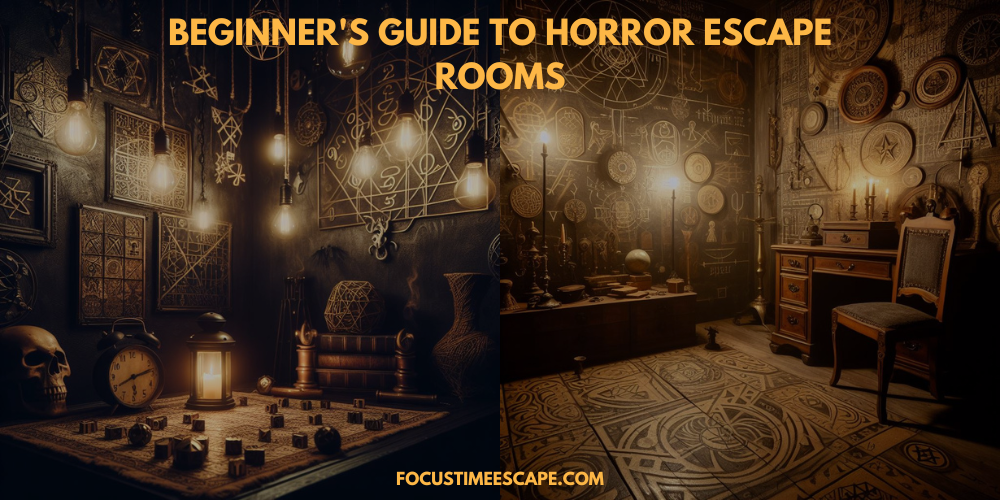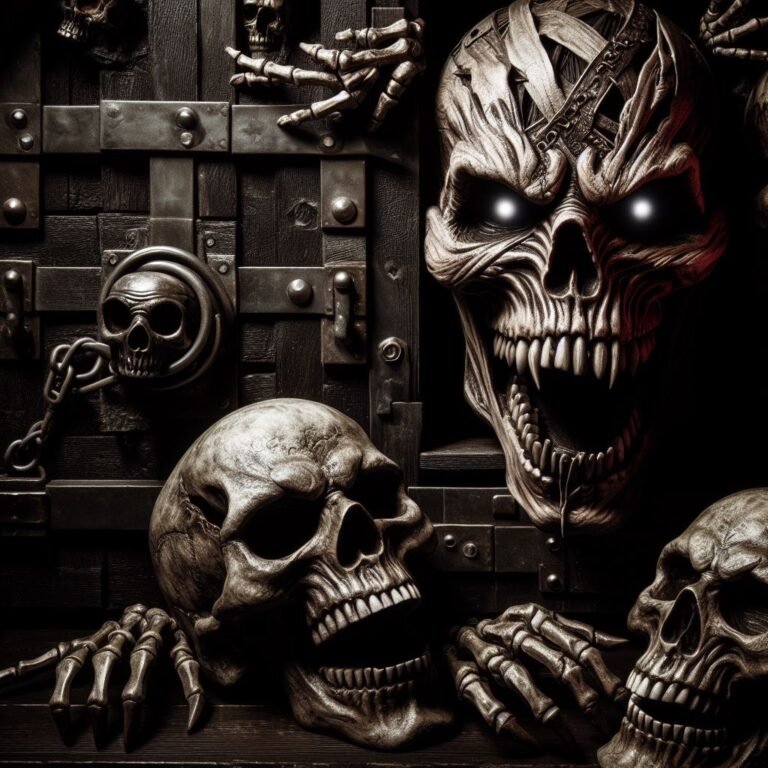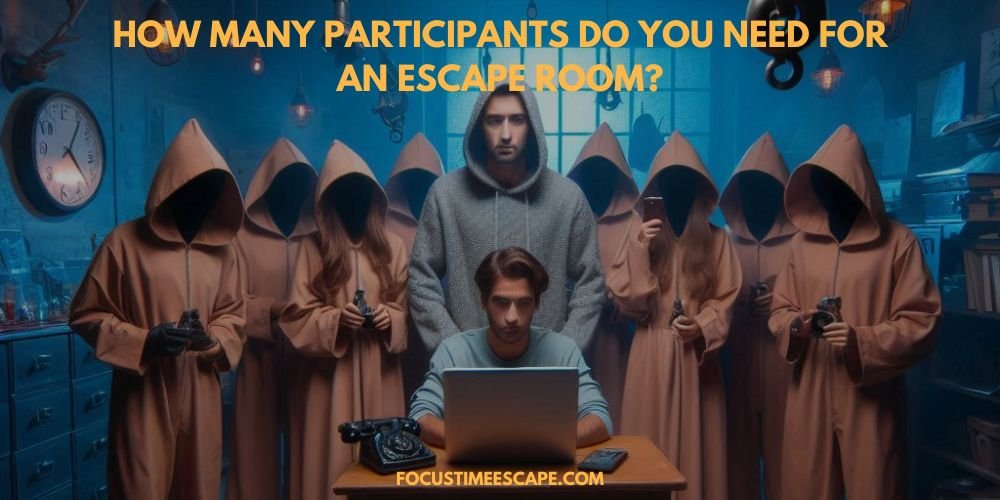Escape Room Date?
Picture this: you and your date are trapped in a giant room with mystery, challenging yourself with enigmas and riddles. You’ve been locked, and you only have 60 minutes to unlock the mysteries and escape. This thrilling plot paints the picture of an escape room for couples—entertaining and different from the traditional dinner and a movie date. But the question remains: is an escape room a good first date? Now that we’ve been introduced to this fantastic but complex dating model let’s jump into the advantages and disadvantages of this option.
What is an Escape Room?
An escape room is a real-life, live-action game that will involve solving puzzles and riddles to find clues and hints and use strategies to finish the given tasks. Participants are confined in a ‘locked’ themed room and must solve puzzles and achieve objectives in a specified time of sixty minutes. The themes can begin with something as simple as a haunted house or a prison escape and progress to treasure hunts and detective themes for those with a more adventurous spirit.
As for the people who are in Chicago, they have many options for couples escape rooms. The Escape rooms for couples in Chicago are remarkable and have stunning designs and aspects, but on top of this, they all hold different mysterious stories that would be great when going out on a date with someone.
Why an Escape Room Can Be a Great First Date
- Interactive Experience: In an escape room for couples, there is a high level of communication and collaboration, which are critical in any relationship. It enables couples to engage with each other meaningfully and solve seemingly complex problems with the end goal being achieved together.
- Fun and Memorable: Unlike your ordinary dinner and cinema date idea, an escape room presents an innovative and thrilling idea that creates a lasting impression. The fun of solving the puzzles and the feeling of joy from escaping intact make it easy for people to have good memories associated with the activity.
- Problem-Solving Skills: Solving puzzles during a date at a local escape room can highlight how influential two people in a relationship are in problem-solving under certain pressure levels. At least it becomes entertaining in a way you get to measure compatibility since you are able to show how you will solve problems and how creative one is.
- Opportunity for Deepening Connection: Research shows that shared enthusiasm and overcoming challenges can bring people closer. An escape room, with its requirement for teamwork, can serve as a powerful bonding experience. It can break the ice and pave the way for a strong, connected relationship in the future.

Possible Disadvantages of an Escape Room For a Date
- Pressure and Stress: The time limits placed on the players, as well as the difficulty level of the puzzles, make it a pressured affair for many people. However, if one or both of the participants are not up to such intensity, then it may cause strains instead of fun.
- Potential for Conflict: Conflicts may arise because partners resolve issues differently or have contrasting ways of communicating. This mode of play may create a competitive environment through which a game would cause disagreement or frustration if not well managed.
- Not Ideal for Introverts: Escape rooms are very physical in the sense that the participants are constantly involved throughout the challenge. This can be exhausting for introverted individuals, which may not necessarily improve the experience but perhaps hinder it.
Escape Room First Date: How to Avoid the Worst-Case Scenario
- Choose the Right Room: Choose something that the two of you enjoyed doing together and that has yet to be made redundant by the prevailing circumstances. It is essential to research the level of difficulty and compare it with the learning and playing comfort and abilities.
- Communication is Key: Emphasis should be placed on discussing things in the most friendly and constructive manner possible. Be open to suggestions and try to encourage your date to share their thoughts as well.
- Focus on Fun: It is important to understand that the most important thing while playing these games is to have fun. Another rule is that players should not focus too intensely on the game and should have fun while playing it.
- After-Activity Discussion: Organize an agenda where you can cool down and contemplate what has just happened, like a cup of coffee or a walk in the park, and further discuss the experience.
Conclusion
An escape room date night might be the perfect first date for those who love games and are ready for a thrilling challenge. It is an enjoyable and enjoyable process that leads to purposeful communication, problem-solving, and teamwork. However, one should also take into account the needs and preferences of the partner to make the escape room date experience positive. If both individuals agree to go for it, an escape room as a first date can be considered a thrilling start to the newfound romance. Therefore, why not add a spark and see if you can open the door to love?



